The Coopers who keep Scotland's whisky flowing: 'Nae coopers. Nae whisky.'
Crafting wooden casks is an ancient art form that requires traditional makers to jump through hoops to construct vessels strong enough for the task of maturing precious Scotch whisky, says Joe Gibbs. Photographs by Jeremy Flint.
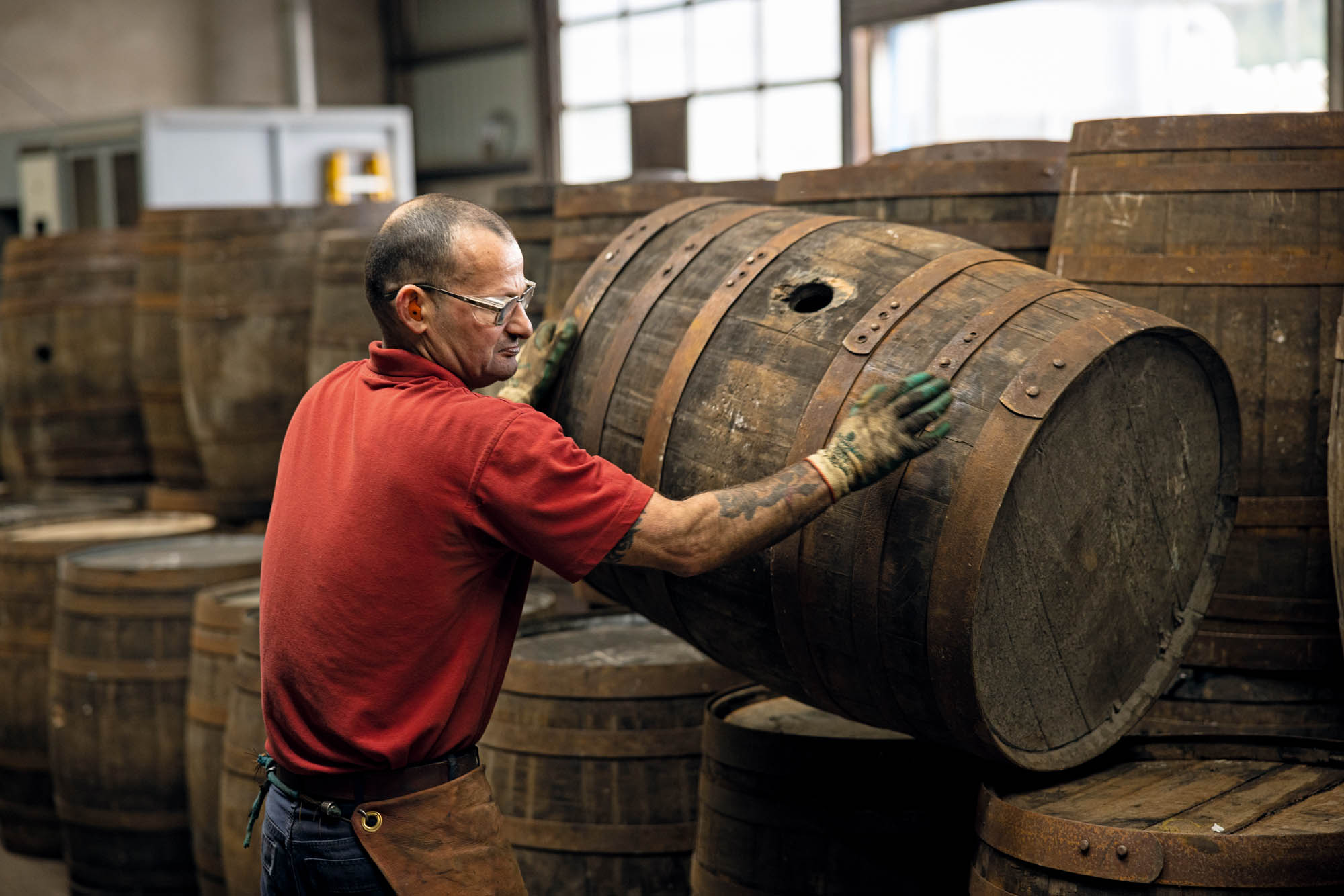
Civilisation, in the opinion of the author William Faulkner, began with distillation. A whisky connoisseur might add that it flowered with maturation. For, without ageing in the right environment, whisky remains a raw, brutal firewater, quite bereft of any refinement. That would have been of less concern to the famously boozed-up Faulkner, who held that there was no such thing as a bad whisky — it was only that some whiskies were better than others.
Nobody knows who discovered the alchemy of leaving the water of life — uisge beatha in the Gaelic — in a wooden barrel to acquire patina some centuries ago. It must have been a man of rare patience back in those thirsty days. Or, perhaps, it was the legendary Highland smuggler who forgot where he had hidden his hogshead, retrieving it years later to discover his beast had transformed into a beauty.
Nonetheless, a fact on which experts do agree is that about 70% of the flavour and colour of whisky comes from the cask in which it is aged. The very existence of that barrel still largely depends on the ancient, highly skilled craftsmanship of an artisan known as a cooper, a word probably derived from the cupa or vat of Roman times.
As a foreman at Speyside Coopers in Craigellachie, one of Scotland’s four remaining commercial cooperages, succinctly put it: ‘Nae coopers. Nae whisky.’
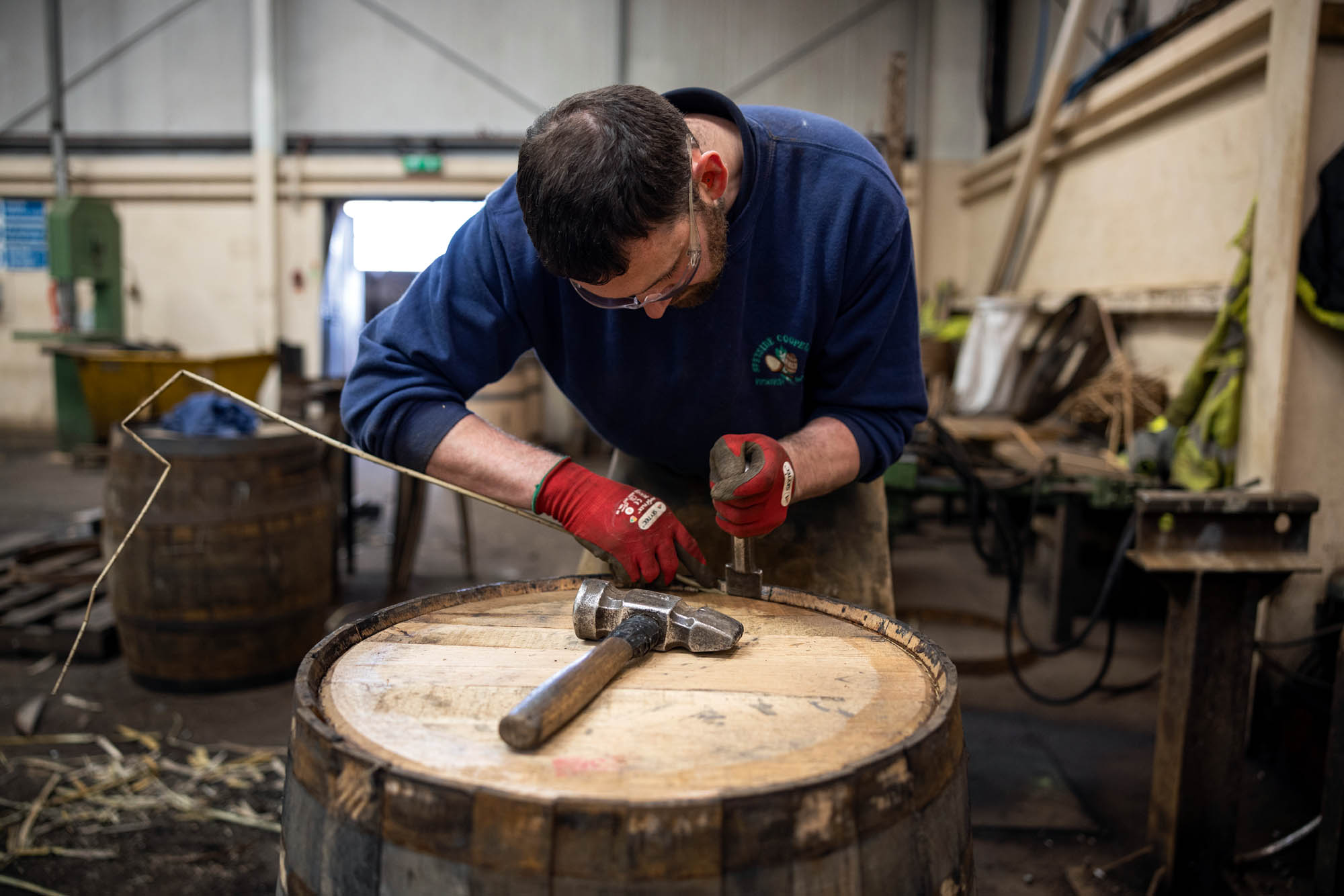
Wooden barrels were the cardboard boxes of the past. They contained nearly everything, be it nails, butter or beer. The rise of the fishing industry in northern coastal waters from the 17th century onwards led to an increase in the number of Highlanders learning the craft of coopering. In the early 19th century, when licensed whisky production began to take over from illicit stills and markets expanded fast, those cooperage skills came in handy. Arising out of that tradition and in the heartland of whisky country, Speyside Coopers began in 1947 by supplying the local market. Since the acquisition of the Banffshire business by the French company Tonnellerie François Frères, it has become part of a worldwide cooperage company with extensive interests in the wine-barrelling industry.
Scotch is rarely all Scottish, of course. The malted barley to make it can come from anywhere and so can the barrels in which it ages. Yet the rules dictate that those barrels must be made of oak, no larger than 700 litres, and that the liquor must be matured in them for at least three years. The widespread practice of using second-hand barrels for maturing whisky is credited to Scots thriftiness. However, it also springs from the fact that virgin oak casks can overpower whisky, releasing too much flavour into the spirit and dominating its intrinsic character. Some new barrels have been created using Scottish sessile oak, but there is not enough available to be anything other than a niche material.
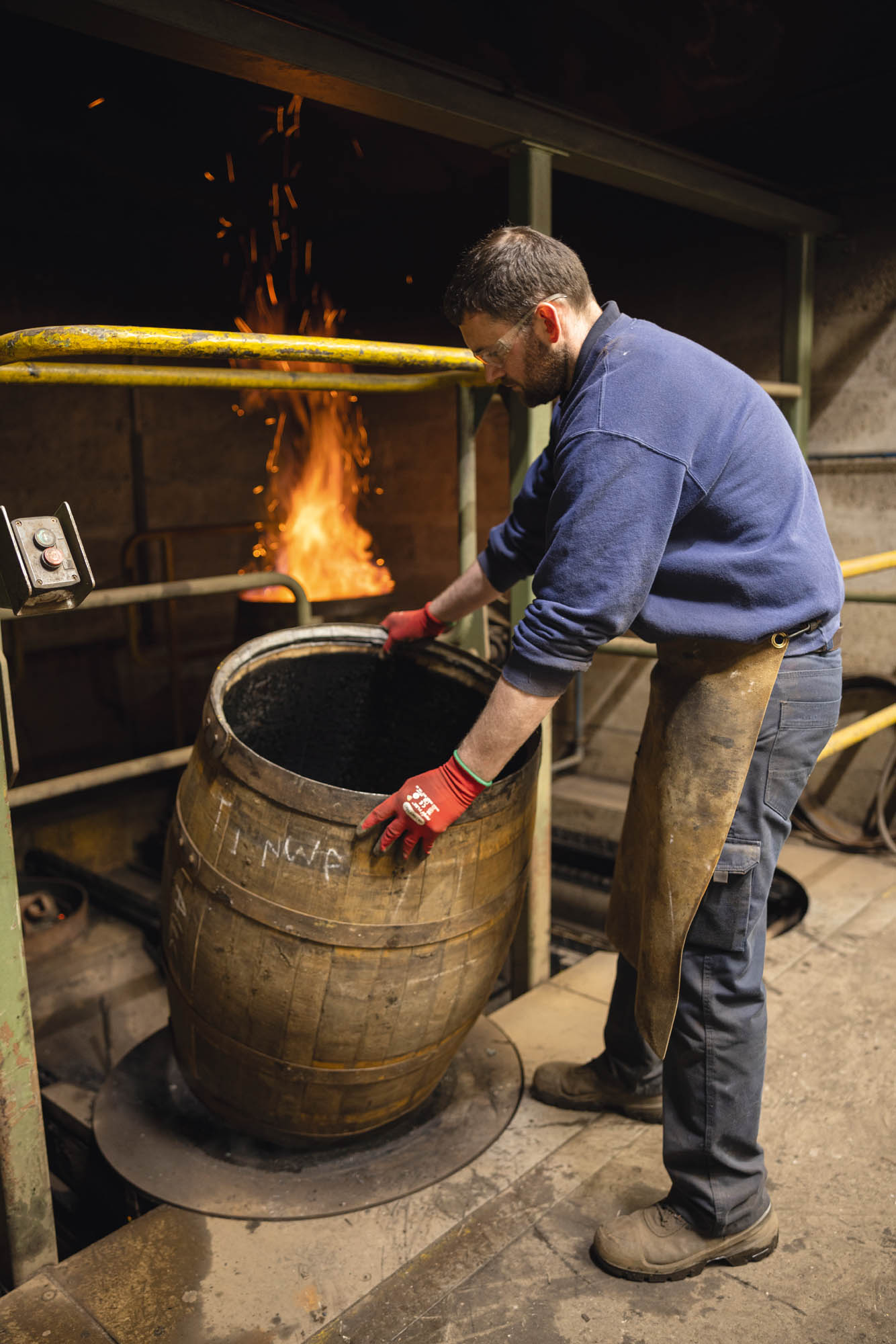
Taking advantage of Britain’s historic position as an importer and bottler of sherry, distillers began to reuse empty oak transport casks for whisky storage from the early 19th century onwards. In 1986, Spain introduced a law that sherry must be bottled in the country before export, which threatened to dry up a major source of casks. Since then, distillers have struck deals with sherry bodegas, whereby casks contain a sacrificial wine for the first year to clean up the wood and then a drinking wine for the next three to five years, usually an Oloroso. That wine is turned into a sherry vinegar or brandy and the empty casks are imported to Scotland.
Sign up for the Country Life Newsletter
Exquisite houses, the beauty of Nature, and how to get the most from your life, straight to your inbox.
A more recent arrival on the racks of distillery warehouses has been the ex-Bourbon cask. When prohibition ended in 1933 and Bourbon production restarted, the US government ruled that US whisky had to be matured in fresh oak casks that could only be used once. This propelled an increasing number of second-hand casks into the market, which were ‘shooked’ into collapsed format before shipping and reassembled in Scotland. Today, they are shipped whole. The American white oak in bourbon barrels also suits whisky requirements in that it is air dried and more than 80 years old when felled. Bourbon casks also have to be charred inside before use, which has brought another benefit to Scotch. The carbon in the charring removes unwanted compounds and induces lignin decomposition, which boosts aroma.
With roughly 20 million whisky barrels in circulation in Scotland — and a strong supply of ex-Bourbon casks still coming from the US, which produces two million per year — the principal business of Speyside Cooperage is repairing and rejuvenating 72,500 barrels a year to extend their lives and keep them in circulation. To ensure a barrel achieves up to 70 years of active life requires a marriage of the traditional hand skills of a cooper with the use of modern machinery.
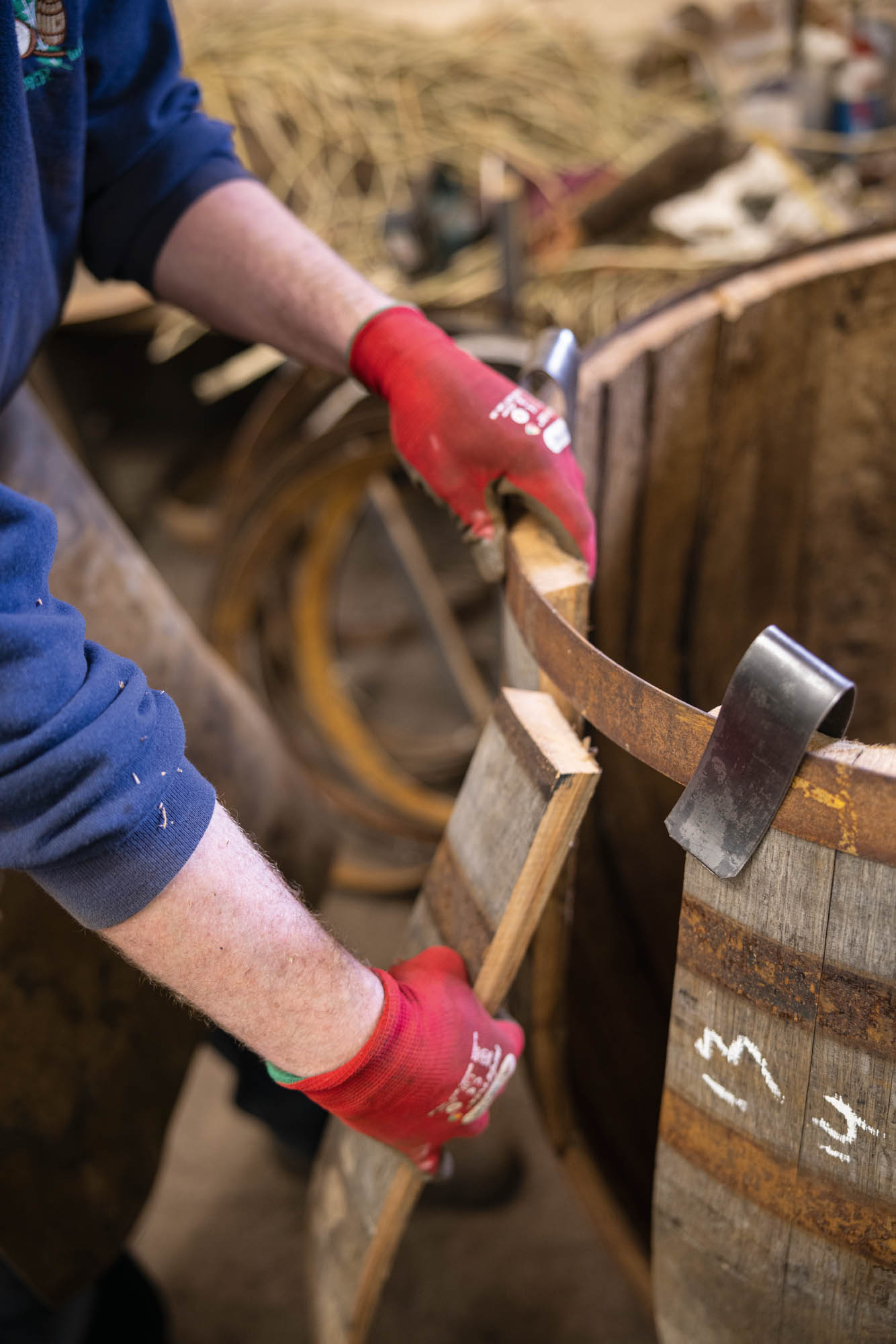
For the first 12 months, apprentices learn only traditional skills. Speyside runs an emergency service for distilleries’ on-site repairs. ‘If you’re going to go to a warehouse to fix a barrel there, you won’t have machinery with you. You will need the traditional skills,’ explains Malcolm Munro, manager at Speyside Cooperage.
Mr Munro began in the industry at the age of 15 and joined Speyside 30 years ago. Cooperage, he says, is a mixture of skill and physical toil. The 21 coopers, including six apprentices, at Craigellachie are paid by the number of barrels they process, which averages 20 in an eight-hour shift. Employee Dave Mackenzie holds the official Guinness World Record for assembling a 190-litre barrel in three minutes, three seconds. Outside, in the shadow of Ben Rinnes, the stows of refurbished casks stack up, sometimes 11,000 in a pyramid. Split, porous or wormholed staves have been replaced and hoops renewed.
On some, rejuvenation has taken place. It involves a process called ‘de-char, re-char’. After a barrel has been used three or four times, the charred interior will lose its effectiveness. The old layer is removed with a mechanical wire brush and the process is redone. This extends the life of the barrel, but the effect on flavour will be different with the new char.
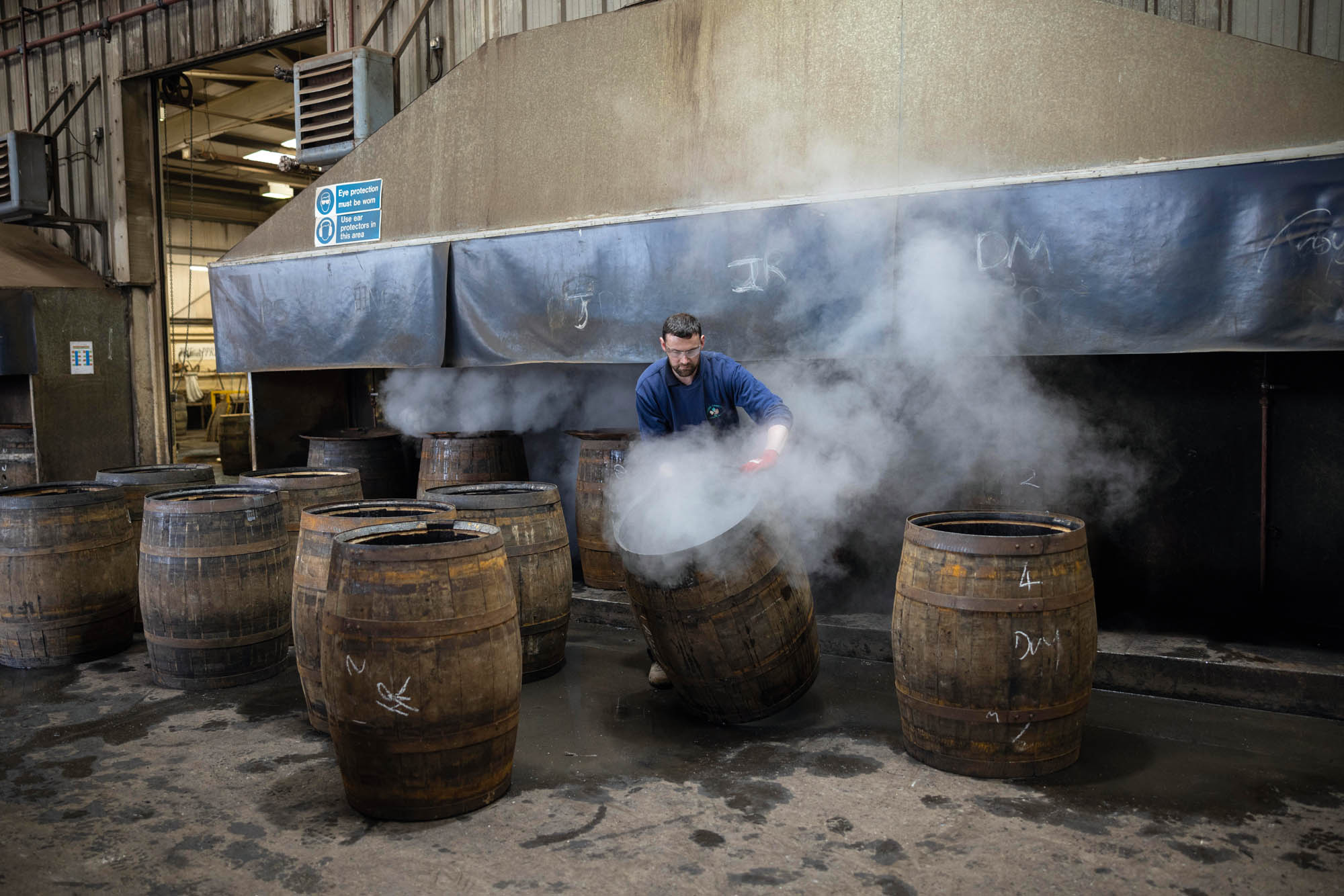
Sherry barrels are not charred, but all casks are toasted over the radiant heat of a fire for 40 minutes. This ensures that the staves retain the shape they are steamed into. Toasting has an effect on wood like that of caramelising onions, producing a coat of simple sugars and altering other compounds, all of which adds to the influences on the flavour of the whisky. The degree of toasting or charring and the size of the barrel — whisky matures faster in smaller containers — are calibrated to achieve the required taste. One recent Speyside customer has asked for their barrels to be toasted with a seaweed fire.
Scotland has its own arcane terminology for the parts, processes and tools of coopering. Etch, crum knife, belly knife, draw shave, scutching, cantle, lummie, plucker and bung-flogger — the names reek of an ancient craft. On the last day of his four-year apprenticeship, the cooper undergoes the traditional ‘blackening’ in the workshop. He is covered with pot ale, molasses, sawdust, feathers and flour and rolled in the final barrel he made before graduating. Only then is he considered a fully matured member of his craft, ready to practise its ancient skills and play a part in the noble cause of Scotch-whisky manufacture.
Speyside Cooperage, Banffshire —www.speysidecooperage.co.uk
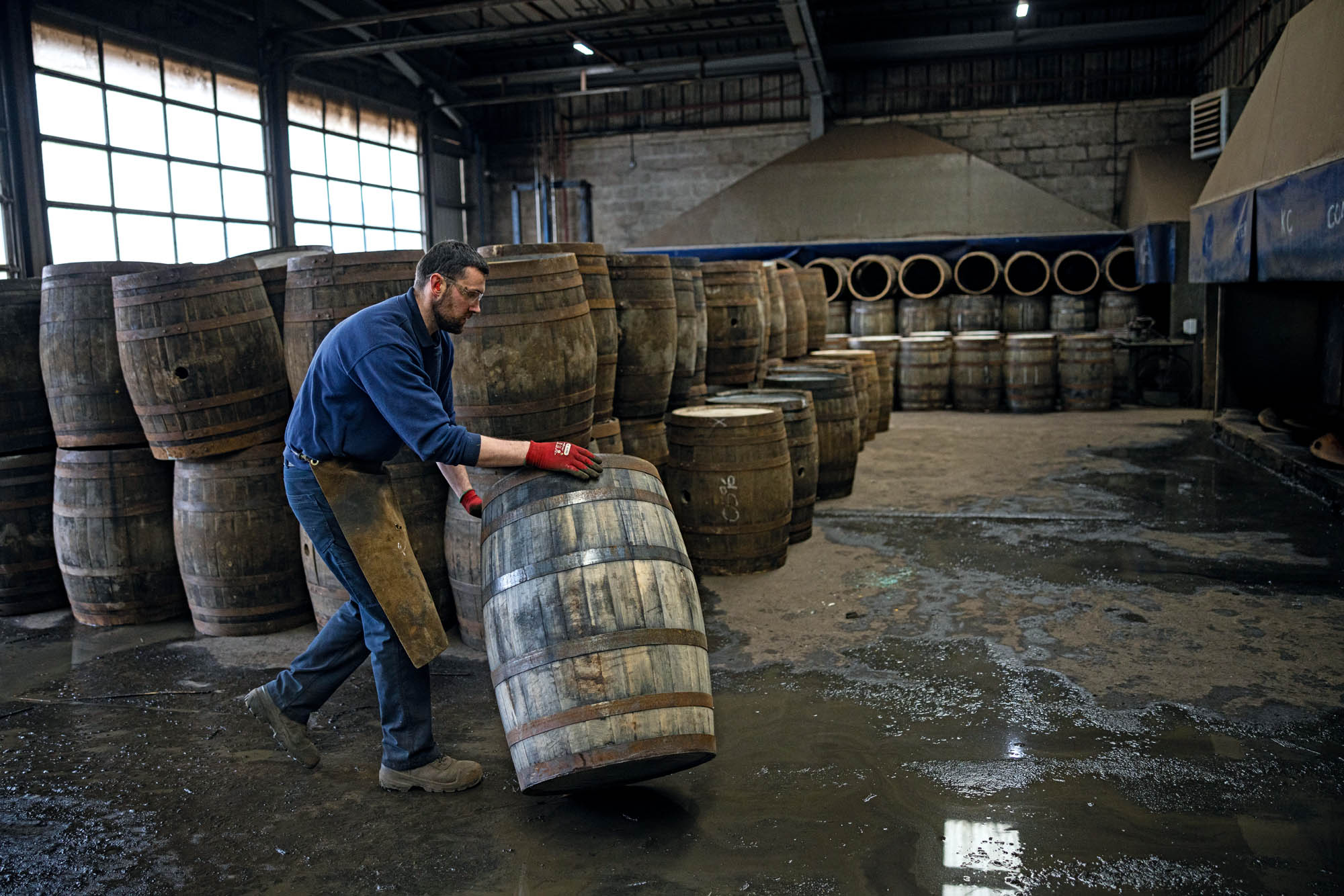
-
 Two quick and easy seasonal asparagus recipes to try this Easter Weekend
Two quick and easy seasonal asparagus recipes to try this Easter WeekendAsparagus has royal roots — it was once a favourite of Madame de Pompadour.
By Melanie Johnson
-
 Sip tea and laugh at your neighbours in this seaside Norfolk home with a watchtower
Sip tea and laugh at your neighbours in this seaside Norfolk home with a watchtowerOn Cliff Hill in Gorleston, one home is taller than all the others. It could be yours.
By James Fisher
-
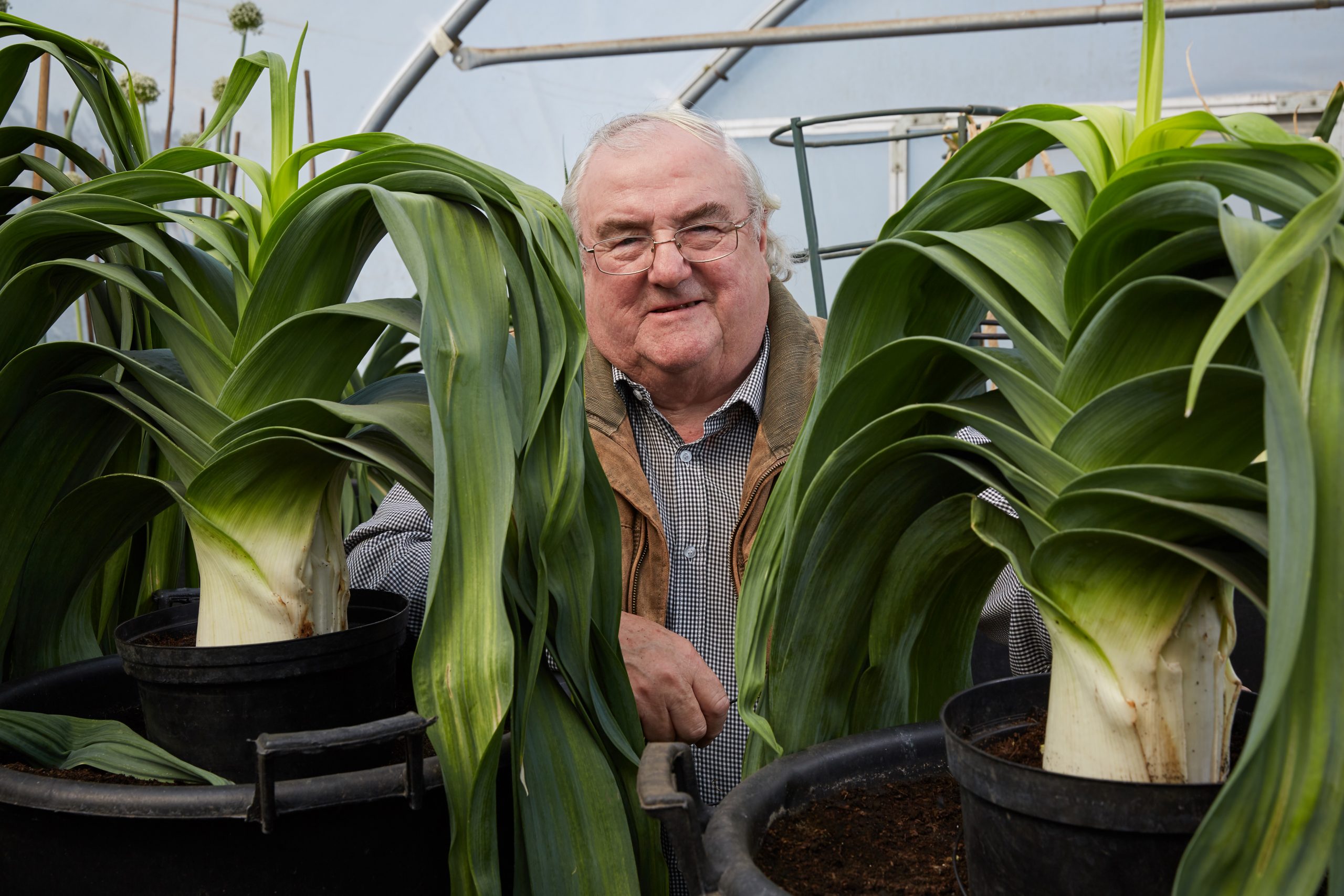 Medwyn Williams, king of giant vegetables: 'A living monument... the greatest of our show growers, a king of long carrots and immaculate cauliflowers'
Medwyn Williams, king of giant vegetables: 'A living monument... the greatest of our show growers, a king of long carrots and immaculate cauliflowers'Steven Desmond meets Medwyn Williams, the man who knows more than anyone about growing and showing giant vegetables.
By Steven Desmond
-
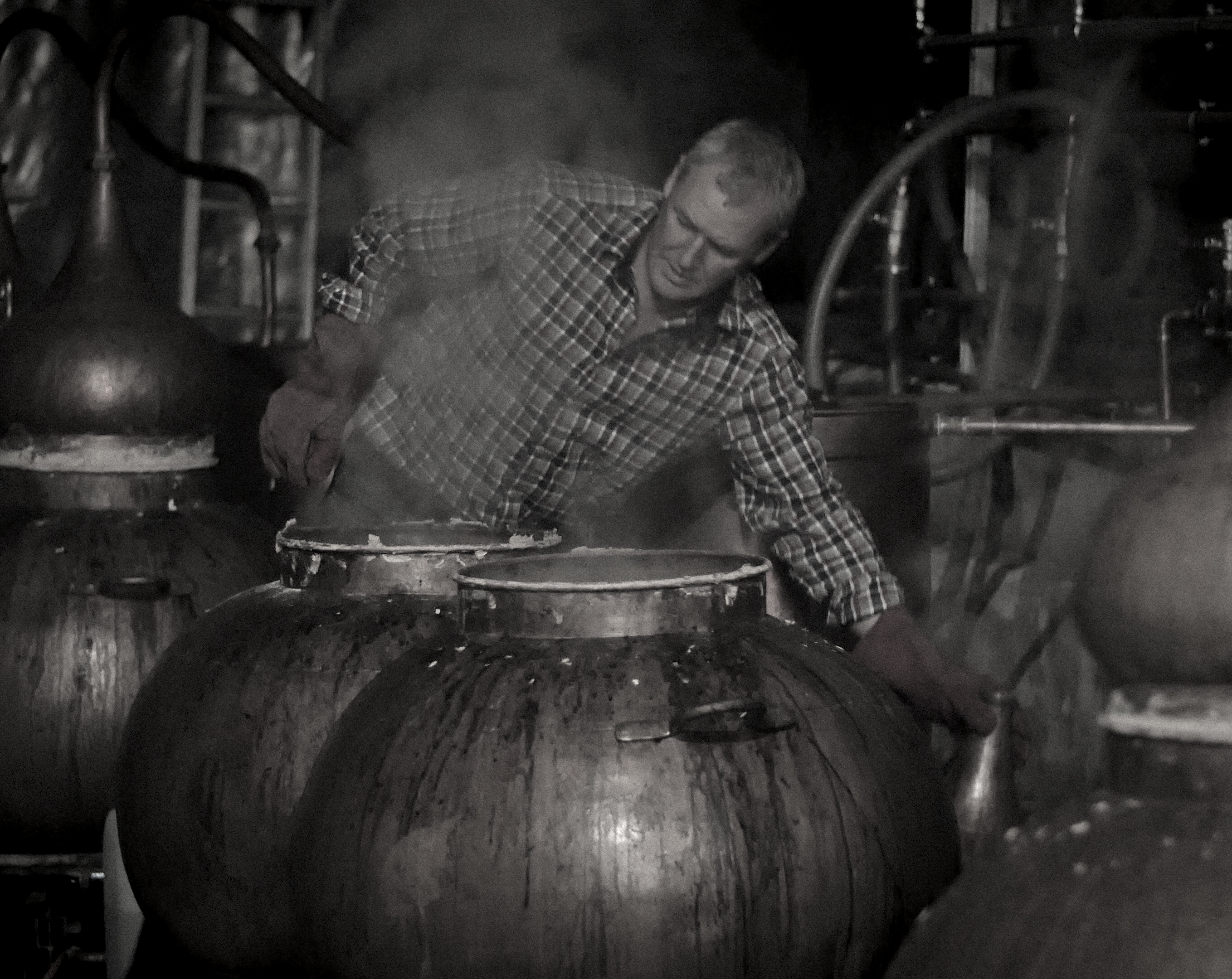 The Oxford don who turned his hand to making English rum: ‘It’s like drinking liquid Christmas pudding’
The Oxford don who turned his hand to making English rum: ‘It’s like drinking liquid Christmas pudding’Ten years ago an Oxbridge scientist turned his considerable brainpower to distilling proper Caribbean rum in the heart of Cambridgeshire. Emma Hughes tells his story.
By Emma Hughes
-
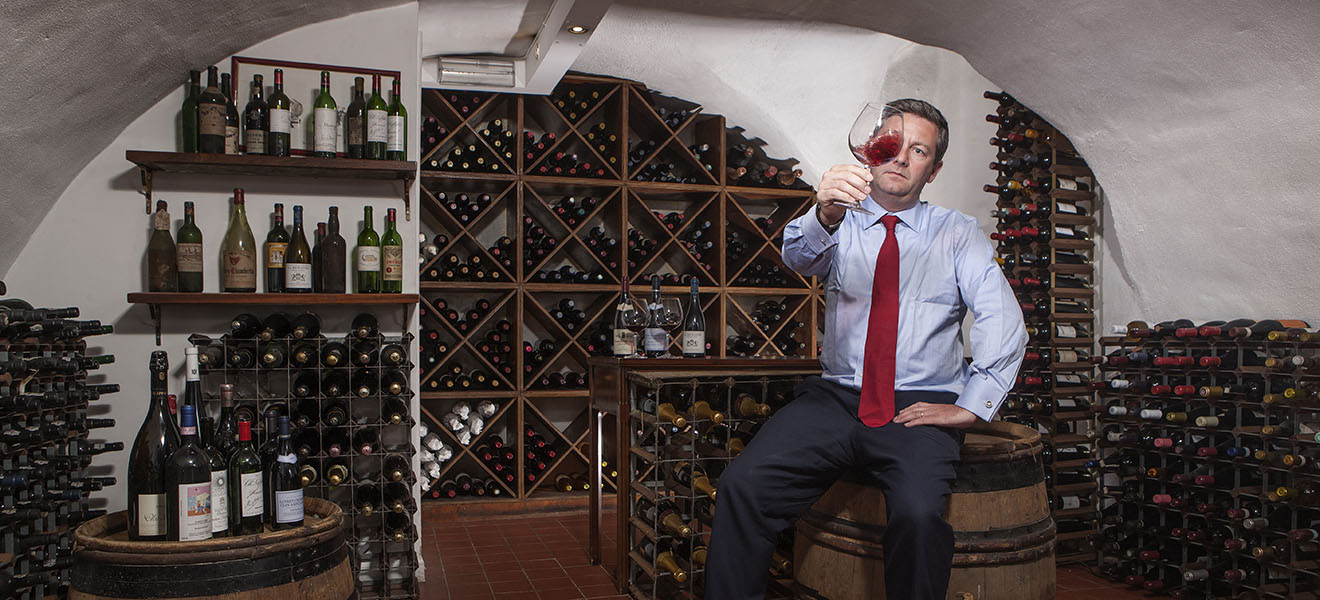 The wine merchant: ‘We supplied George III’s Coronation and have been official supplier to every reigning monarch since’
The wine merchant: ‘We supplied George III’s Coronation and have been official supplier to every reigning monarch since’Buying director Giles Burke-Gaffney discusses the history of Justerini & Brooks, as well as their exciting plans for the future of the wine industry. Photographs by Richard Cannon.
By Country Life
-
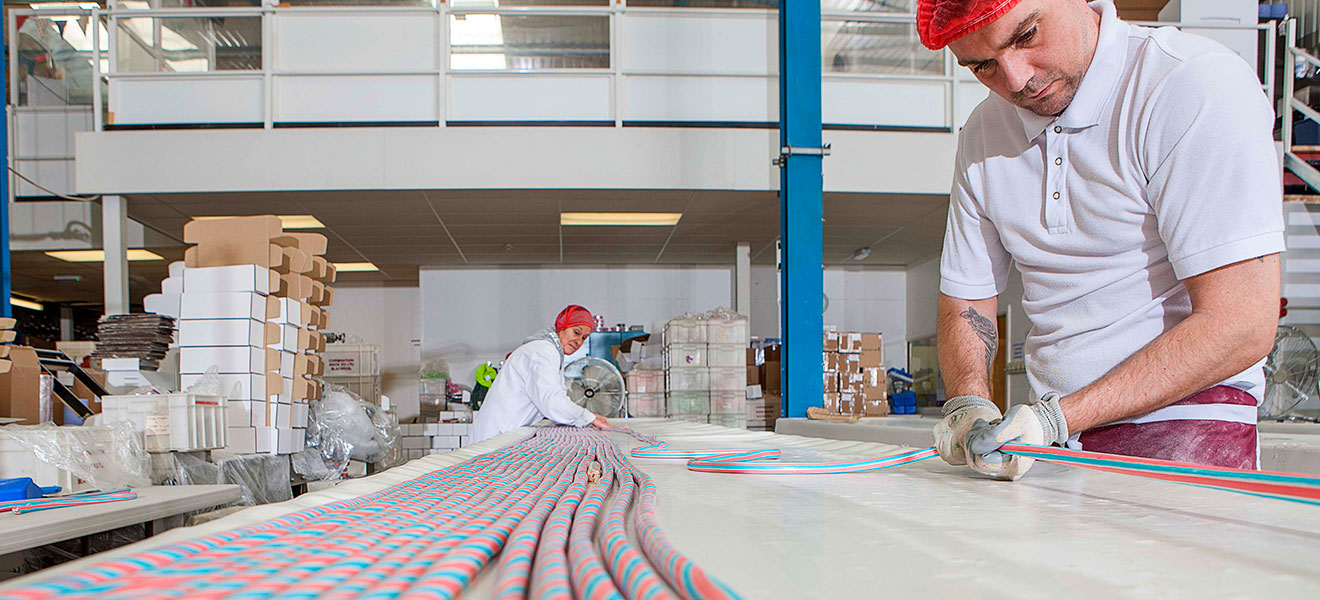 The Blackpool rock maker: ‘We’ve done Marmite flavour, tikka-masala flavour – whatever the customer wants’
The Blackpool rock maker: ‘We’ve done Marmite flavour, tikka-masala flavour – whatever the customer wants’Tessa Waugh meets Coronation World – the makers of this seaside speciality.
By Country Life
-
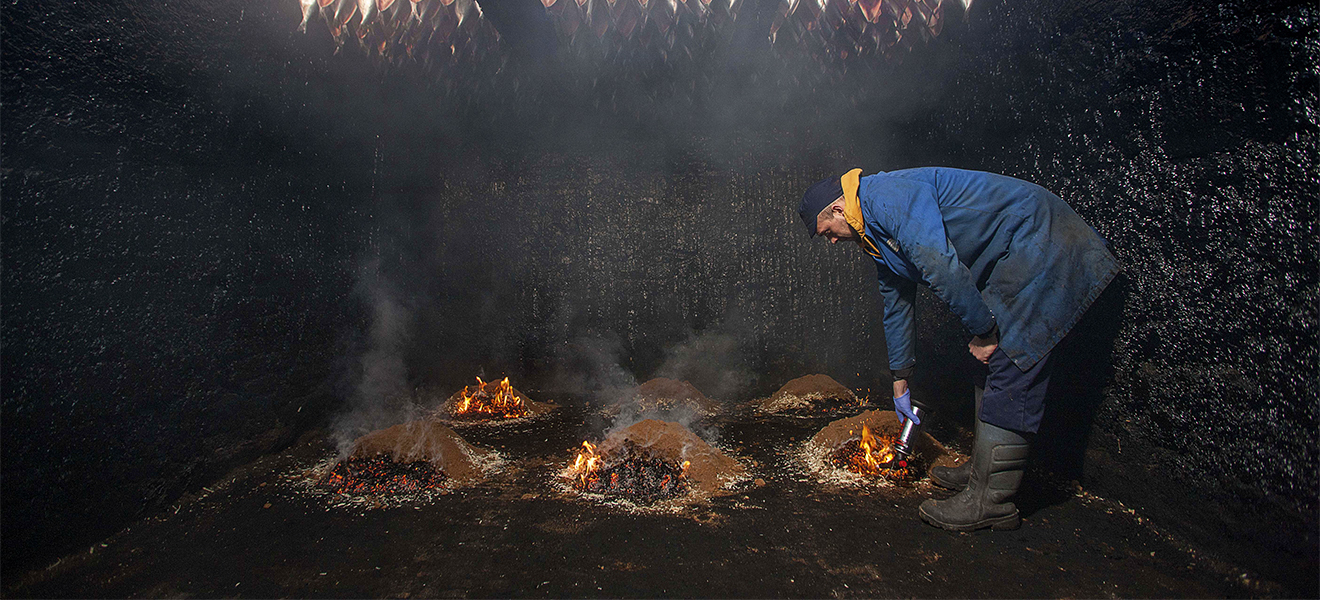 The kipper-smoker: ‘A lot of the lads are made to undress outside when they get home’
The kipper-smoker: ‘A lot of the lads are made to undress outside when they get home’Tessa Waugh meets Neil Robson of Craster in Northumberland, the man responsible for the best smoked kippers in Britain.
By Country Life
-
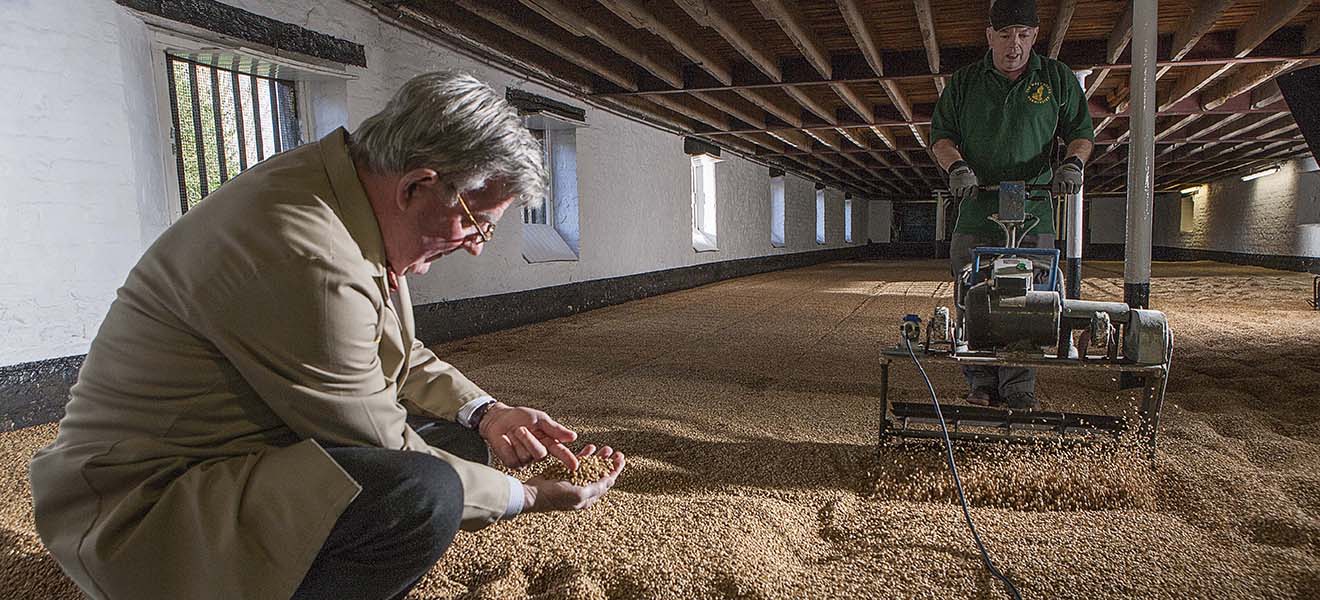 The Maltster: How an art that's thousands of years old is once again gaining recognition
The Maltster: How an art that's thousands of years old is once again gaining recognitionThere are only a handful of people left in Britain who still extract malt from Barley using the 'floor-made' method – and today, people are beginning to value their efforts more than ever. Tessa Waugh explains.
By Country Life
-
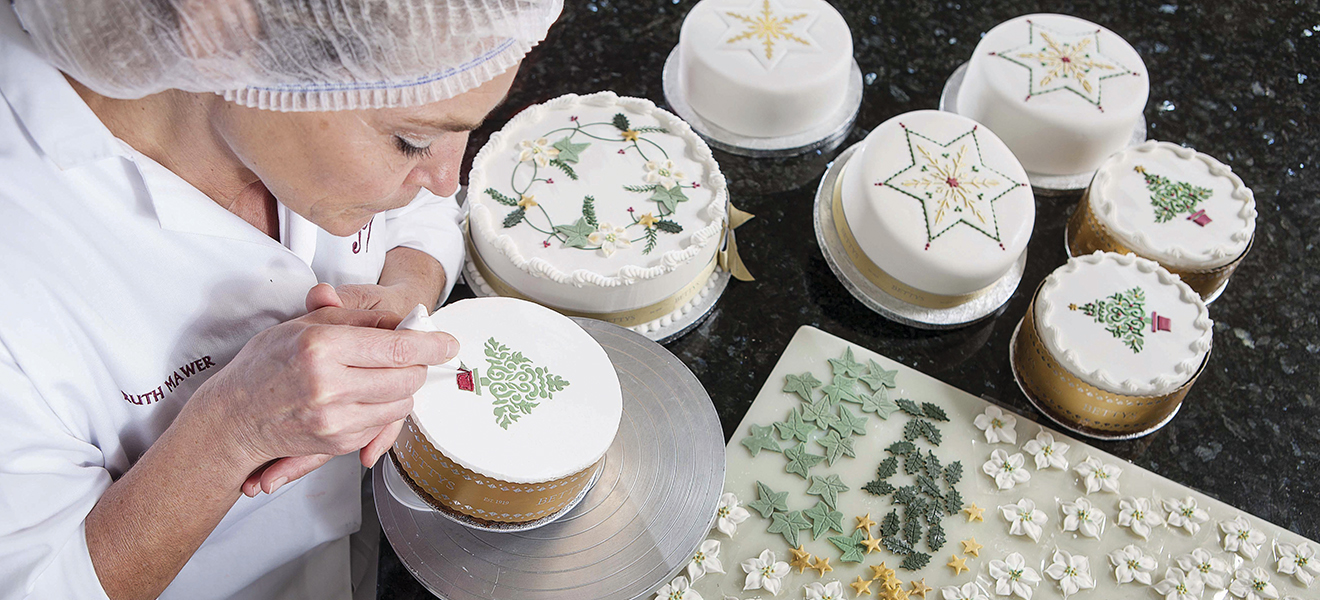 The Yorkshire institution that sells 200,000 mince pies and 26,000 Christmas cakes each year
The Yorkshire institution that sells 200,000 mince pies and 26,000 Christmas cakes each yearTessa Waugh explains why Bettys, a Yorkshire institution founded in 1919, is the finest baker and confectioner in Britain.
By Country Life